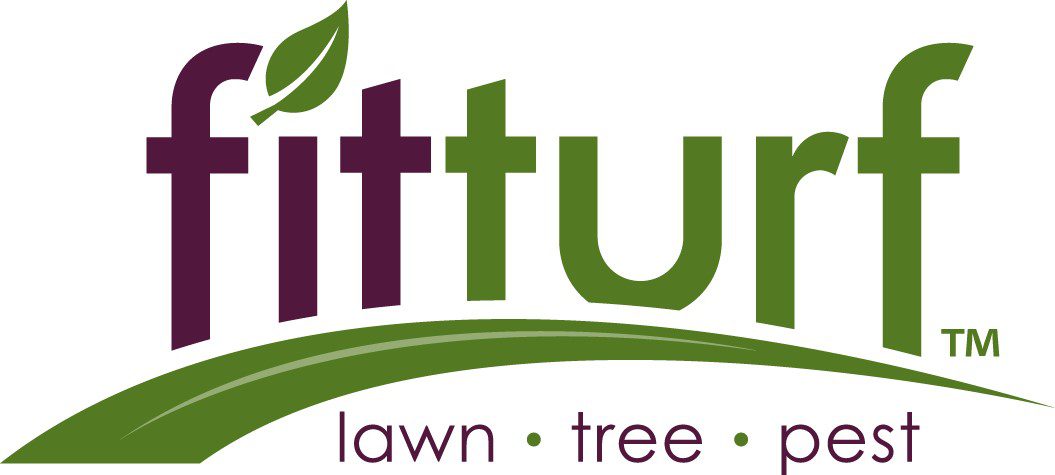What Does Aerating My Lawn Do?
NULL
array(2) {
[""]=>
NULL
["slides"]=>
array(1) {
[0]=>
array(6) {
["type"]=>
string(5) "image"
["image"]=>
bool(false)
["video"]=>
bool(false)
["video_poster"]=>
bool(false)
["youtube_video"]=>
string(0) ""
["element_slideshow_caption"]=>
array(4) {
["icon"]=>
bool(false)
["headline"]=>
string(30) "What Does Aerating My Lawn Do?"
["caption"]=>
string(0) ""
["element_action_button"]=>
array(7) {
[""]=>
NULL
["action_button_text"]=>
string(0) ""
["action_button_link_type"]=>
string(4) "post"
["action_button_link"]=>
string(0) ""
["action_button_target"]=>
string(5) "_self"
["action_button_style"]=>
string(11) "btn-primary"
["action_button_size"]=>
string(6) "btn-md"
}
}
}
}
}
Customer Support
303.221.6900What Does Aerating my Lawn Do?
Just like every living thing on earth, your yard needs proper air circulation, nutrients and water to help it reach is highest potential. In addition to proper fertilization, a regular aeration schedule can help your yard’s roots become stronger and grow deeper — ultimately resulting in a more beautiful lawn.
But, what exactly is lawn aeration? What are the benefits of aeration? Should you aerate your lawn? Can it be done yourself, or should you enlist the help of a lawn aerating service? When is the best time to aerate your lawn? In this blog post, we’ll answer these questions and more: We’ll discuss the ins and outs of lawn aeration and explain how regular aeration can benefit your grass, improving its health and appearance.
What is Lawn Aeration?
Lawn aeration is the process in which a machine inserts small holes into the yard’s soil in order to improve air circulation, nutrients and water in order to reach the roots of your grass. It is done with aerating tools, such as a plug aerator or a spike aerator.
What are the Benefits of Lawn Aeration?
Lawn aeration helps the grass’ roots to grow stronger and deeper. It also discourages soil compaction, which can cause your lawn to stagnate due to too many solid particles in the soil’s space. Compacted soil makes it difficult for the roots to receive the nutrients that they need. Additionally, aeration helps prevent an overgrown thatch situation — a naturally occurring organic layer of dead, composting materials between the blades of grass and its root system. One-half inch to 3/4-inch of thatch is fine, but when it is allowed to develop in excess of ¾ inches, it can seriously affect your yard’s bottom line.
Should I Aerate My Lawn?
In one word: yes. Lawn aeration is the second most important thing you can do, next to fertilizing, to help your lawn look its best. Lawns that are used as a playground, are frequented by pets and see a lot of recreational use can also greatly benefit from lawn aeration, due to the soil compaction that may occur due to heavy use. Yards that were laid during new construction or were sodded may have what is called “soil layering.” Soil layering can affect drainage; aeration help break up the soil layers and allows water to reach the roots. Lawns that appear to have an excess layer of thatch buildup (1/2-inch to 3/4-inch thatch) would benefit from a good aeration procedure.
Can I Aerate Myself?
Whether or not you aerate your lawn yourself is entirely up to you and should depend on your lawn’s size, your ability and your time. Aerating tools, such as a plug or a spike aerator, can be rented or purchased from a hardware store. A tool that has a tine or a fork and removes soil plugs approximately 2 to 3 inches deep, 0.5 to 0.75 inches in diameter and about 2 to 3 inches apart is ideal to facilitate proper air, water and nutrient flow. A machine that removes soil plugs is important: Machines that simply poke holes into the soil are less effective and cause additional compaction around the holes. Or, you can leave the hard work to the professionals. Fit Turf has an excellent lawn aeration service that has been proven with over 30 years of experience. Contact us today for an evaluation.
When Should I Aerate My Lawn?
Cool-season grasses, such as fine or tall fescue and Kentucky bluegrass, should be aerated during their growing season. This allows for the grass to heal, filling in any soil plugs that are removed during the aeration process. Typically, cool-season grasses respond well to early spring or fall aeration schedules. Unsure exactly when to aerate? Contact Fit Turf.
How Do I Aerate My Lawn?
The lawn aeration service should be performed when the soil is moist to ensure that the tines or the forks can easily work their way into the soil. Performing aeration on dry soil will cause extra work and may not reap the results you’re looking for. It is also imperative to avoid any irrigation heads, children’s toys and pavement.
Multiple passes may be required for very compacted soil. Allow the plugs to dry, then break them by running a lawn mower over the top of them or crumbling them with a rake. If a lawn mower is used, your blade may need to be sharpened after running over the plugs. After lawn aeration, continue with your regularly scheduled lawn maintenance, fertilizing and watering. Now is the time to get on a regular schedule. Contact us to discuss our services, such as the Greenskeeper Lawn Care Program.
Lawn aeration is a relatively easy way that you can make the most out of your lawn, and should be done regularly to help the transmission of air flow, nutrients and water to the root system of your yard. Regular care and attention is necessary to bring out the beauty in your lawn, even when the weather gets tough. Want more information about Fit Turf or want a free evaluation of your yard? Contact our team and learn how we can make a difference in your Metro-Denver lawn.
